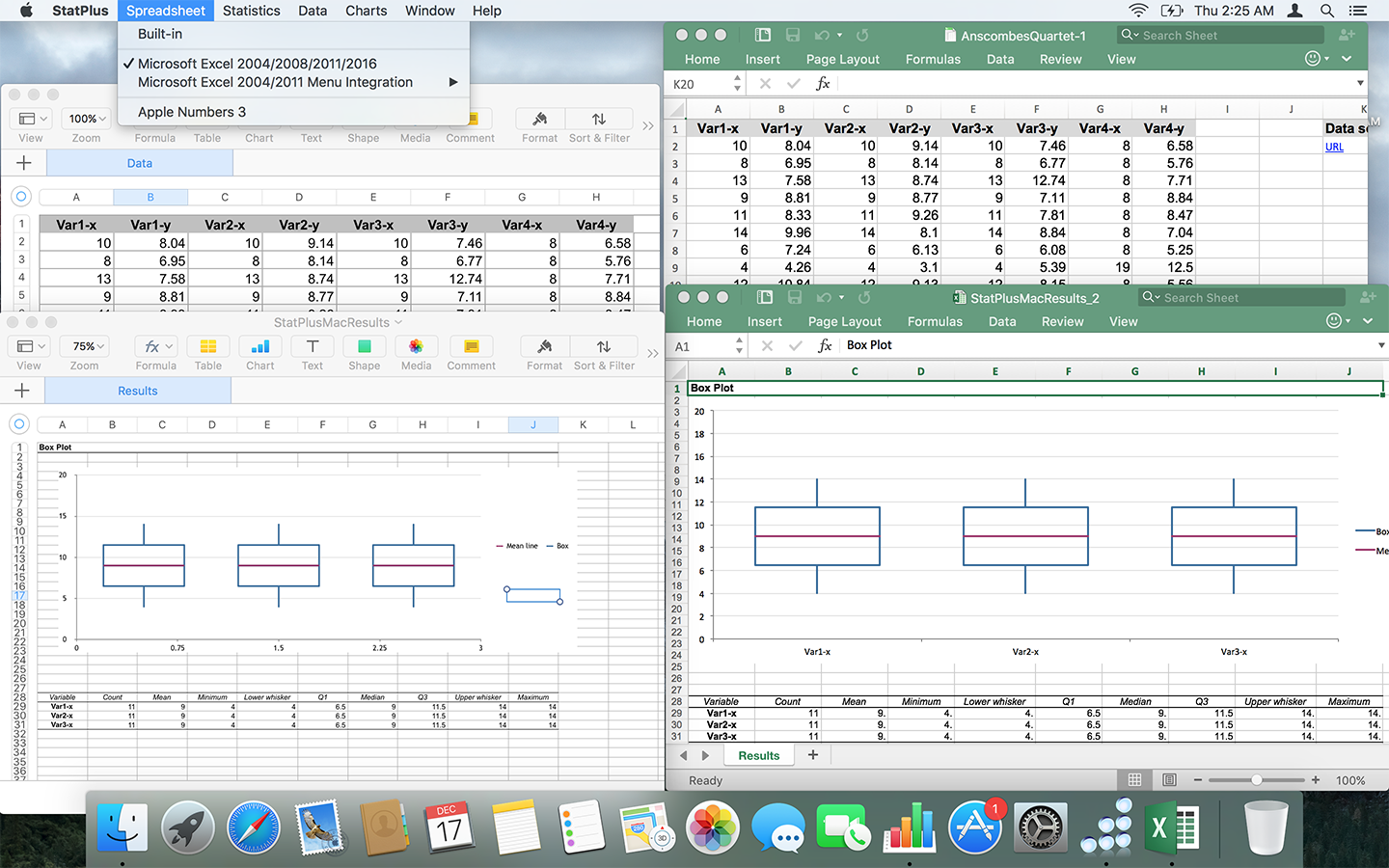
Now that you have enabled the option, you no longer have to use the Fn key and I’m sure that has made your life a little easier.
#What is the f2 function on excel for mac mac
The option just enabled all of those keys to work even when the user is not holding down the Fn key on the keyboard.Īlthough that was not a really big thing for many Mac users, it does help the users who often use the function keys but are tired of holding down the Fn key each time they want to perform an action using a function key. The option should now be enabled on your Mac and you can see it working for yourself by pressing any of the function keys on the top of your keyboard and seeing them do their tasks. Checkmark the option for the box to enable it.Ĥ. On this panel, you’ll see an option that says Use all F1, F2, etc. You are supposed to be in the Keyboard tab where you can modify your keyboard settings. What it does is let you access the keyboard settings for your Mac and that’s where the function key settings are located.ģ. Once the system preferences panel launches, find the option that says Keyboard and click on it to open it. For example, you could un-assign F9 from Mission Control so that F9 can be available in other applications.2. On the Mac, the equivalent keyboard shortcut is Control-U, as F2 is assigned to cut the contents of the current cell. You can change the keyboard shortcuts that are assigned to function keys in the Keyboard Shortcuts pane. On the PC, you can edit the current cell in place by simply pressing F2. This is because it's nice to be able to access the Mac dashboard, brightness, and volume without having to press Fn at the same time. In general, unless you are using Excel all day on a Mac, you will probably find it more convenient to leave the default behavior alone and learn to use the Fn key for certain shortcuts in Excel. If you check the checkbox, F1 - F12 will behave standard function keys, and you will need to press Fn in order to perform the actions indicated by special icons. When unchecked, function keys will perform as described in #1 above. keys as standard function keys unchecked". The setting is a checkbox labeled "Use all F1, F2, etc. Changing default behaviorĪ setting in System Preferences, in the Keyboard pane, controls default behavior for function keys. The IF function is one of logical functions that evaluates a certain condition and returns the value you specify if the condition is TRUE, and another value if the condition is FALSE. For example, Fn-F10 will perform the action assigned to the F10 key instead of toggling mute on or off. Using IF function with dates Excel IF statement for blank, non-blank cells Excel IF function - syntax and usage. If you want to instead use F1 - F12 as standard function keys, hold the Fn key while pressing the function key. For example, the function key F10 has a small picture of a speaker, and pressing this key mutes and un-mutes the system volume. The default behavior of Mac function keys is to perform the action indicated by the icon printed on the key.

In this case, the action performed will vary depending on (a) the application you are currently using or (b) the keyboard shortcuts listed in the Keyboard & Mouse pane of System Preferences.

(1) to perform special actions that correspond to the icon printed on the key, such as dimming or brightening the screen, showing the Dashboard, increasing or decreasing speaker volume, and so on. On a Mac, function keys can be used in two ways: These keys (F1 - F12) are called function keys. Modern Mac computers using an Apple keyboard have icons printed on some of the keys on the top row of the keyboard. This is especially important with Excel, which uses a number of function keys for shortcuts. If you want to master Excel keyboard shortcuts on a Mac, you need to take a moment to understand how the Mac keyboard is arranged, and how it can be configured through system preferences.


 0 kommentar(er)
0 kommentar(er)
